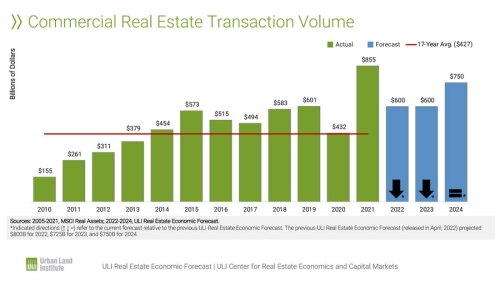According to the latest forecast from the Joint Center for Housing Studies of Harvard University, spending on home improvements is projected to strengthen in the majority of America’s largest metro areas in 2017, with many markets in the East and Midwest expected to post double-digit annual growth. The residential remodeling market reached a record high of $340 billion in 2015—surpassing its previous peak in 2007—and is projected to increase 2.0 percent per year on average through 2025 after adjusting for inflation.
Other highlights:
- Older homeowners will continue to dominate the remodeling market, as they make investments to age in place safely and comfortably. The share of aggregate improvement spending by homeowners age 55 and over is projected to reach 56 percent by 2025, up from only 31 percent in 2005.
- The share of aggregate home improvement spending by homeowners under age 35 in more affordable markets such as Cincinnati, Detroit, and Kansas City was more than twice that in high-cost markets like San Francisco and Los Angeles in 2015.
- In many metros across the country (including Atlanta, Cincinnati, Dallas, Houston, Memphis, Raleigh and San Francisco), average per owner spending by households approaching retirement (age 55–64) was at least a quarter more than average spending by other age groups in 2015.
- Home automation has become one of the fastest-growing specialty remodeling areas, with more than a quarter of contractors reporting recent increases in revenue from these types of projects.
- Investments in rental apartment properties have ramped up since 2010; real per unit capital expenditures were up an average of 12 percent per year from 2010 to 2015.
Infographic: Demographic Change and the Remodeling Outlook





